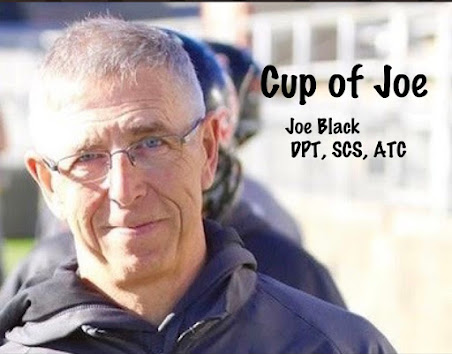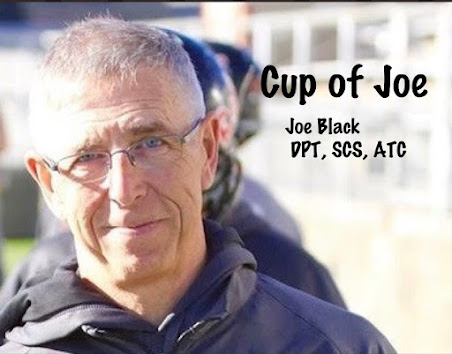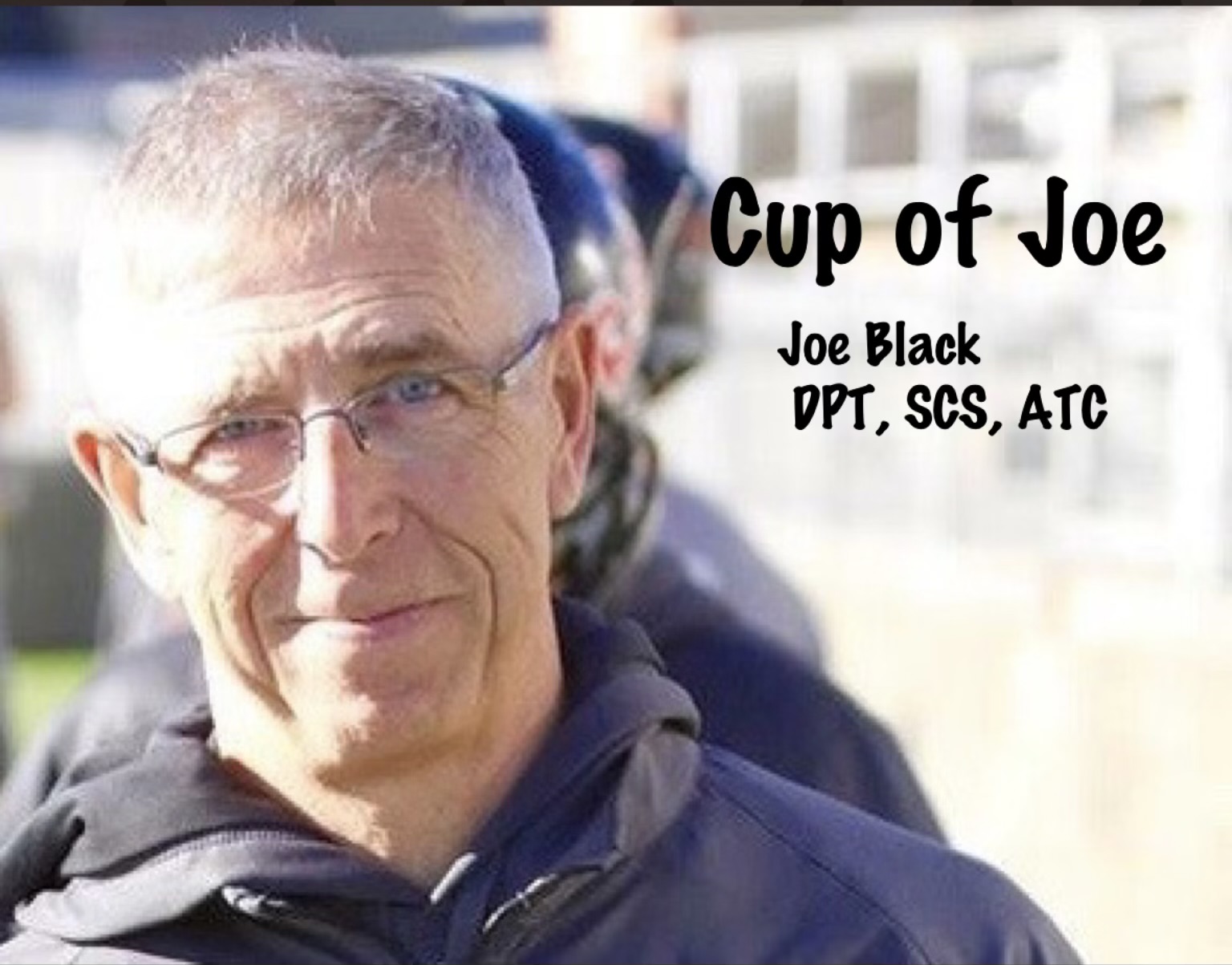Part of this one is simple.
That means that part of it isn’t.
I had an athlete with an odd injury last spring. A soccer
player caught and elbow on the jaw which dislocated his temporomandibular joint
(TMJ). He came to the sidelines with his
mouth open, telling me that he couldn’t close his mouth. He was in a lot of
pain at both TMJ’s.
I’ve done a lot of work with TMJ problems in my career. For years, Drs. Witt, WIdloski, Gillespie,
and I did a weekly TMJ clinic, where we saw the most difficult of the TMJ
patients, mostly those with problems their dentist had been unable to resolve.
The TMJ is a very complex joint, unlike any other in the
body. It might seem a simple hinge joint, but it does much more than that. As the mouth opens, the jaw hinges but also
slides forward down the slope of the maxilla—part of the skull. Sitting on top of the mandible (jaw bone) is
a disc that in a healthy joint, glides down that slope with the mandible.
Most of the time, it works smoothly and effectively. When it doesn’t, you know it.
A lot of things can cause TMJ problems. As a Physical Therapist, I see posture as a
big contributor. Dentists see a lot of
contribution to problems from the way the teeth fit together. Oral surgeons generally approach it from
inside the joint itself. HEENT physicians are often in a position to see all
the systems together
Foremost among other contributing factors is grinding your
teeth, especially at night. This is
known as bruxism. This can be a stress
reaction, an occlusion (how your teeth fit together) problem, or other physical
and emotional factors.
As for treatment—that is best done by a team approach,
employing the efforts of the dentist, oral surgeon, physical therapist, and
HEENT physician. No one component seems
more important than the others. Often,
it is a lot of little factors that together create big problems.
The solution then becomes removing as many of those little
factors as possible. Sometimes, the
initial step is a simple football-type mouthpiece. Other times, it means the construction of a
custom splint that fits over the teeth.
At the very least, serious dental problems need to be
solved. The way the teeth fit together
is huge. As I said, posture can be a
huge contributing factor. Chronic
allergies can contribute, as they often result in mouth breathing. Chewing on
hard or chewy things are a problem.
Headaches are common.
There is a high correlation with neck problems. Pain in the teeth may be the TMJ or may be
organic problems there.
As for my soccer player, we were able to reduce that
dislocation and then gradually return him to full competition without further
problems.






